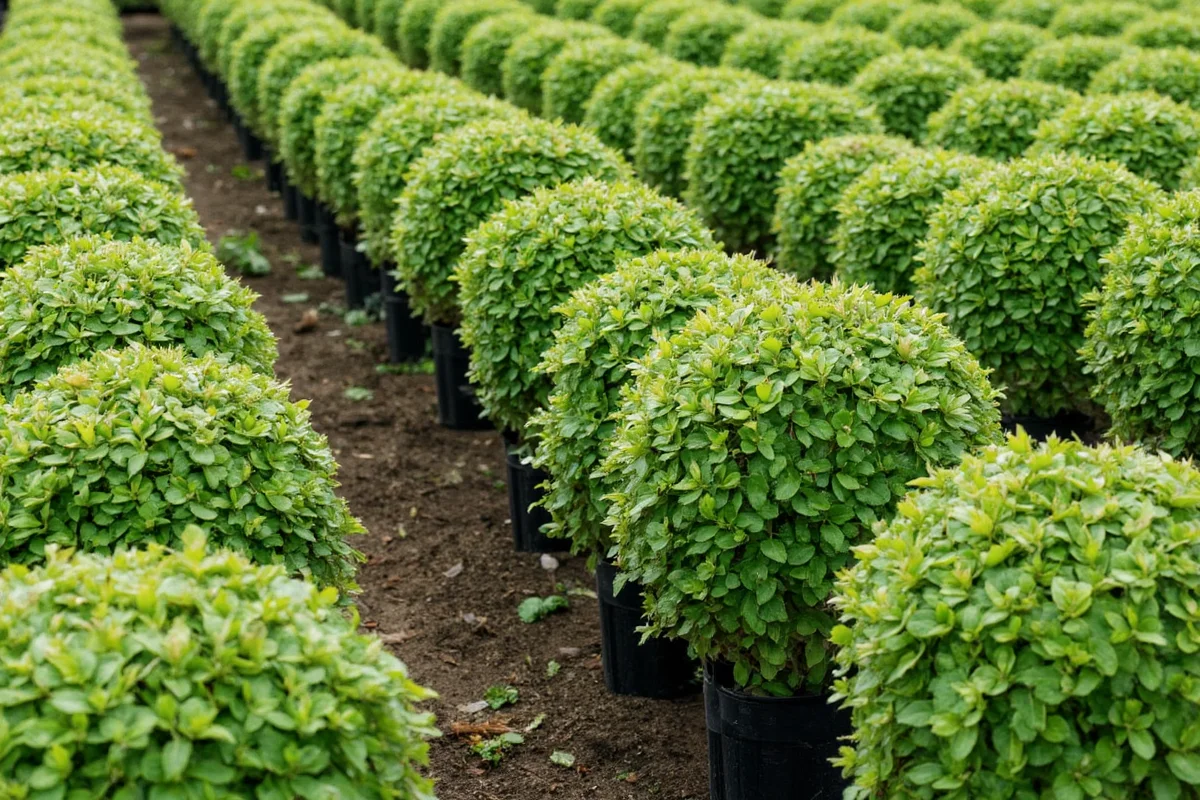Cacti are fascinating plants that thrive in some of the harshest environments on Earth. Known for their unique appearance and ability to store water, cacti are more than just spiky desert dwellers. This article explores 20 intriguing facts about cacti, from their biology and diversity to their cultural significance and care tips.
Understanding Cactus Biology
- Cacti are part of the plant family Cactaceae, which includes over 1,700 species.
- Their thick, fleshy stems are designed to store water, making them well-suited to arid environments.
- Cacti employ a unique photosynthesis method called CAM (Crassulacean Acid Metabolism), which allows them to conserve water by opening their stomata during the cooler night hours.
- Spines, which are modified leaves, protect cacti from herbivores and reduce water loss by shading the plant.
- Cacti can absorb and store large amounts of water during rainfall, with some species able to double their weight.
Cacti have evolved remarkable adaptations for survival in extreme conditions. Their biological traits, including water storage capability and protective spines, are key to their resilience. By understanding their biology, one can appreciate the efficiency and uniqueness of these plants in managing scarce resources.
Diversity and Habitat
- Cacti are native primarily to the Americas, ranging from Patagonia to parts of Western Canada.
- The largest cactus species, the saguaro (Carnegiea gigantea), can grow up to 40 feet tall and live over 150 years.
- Cactus habitats range from hot deserts to tropical rainforests, demonstrating their adaptability.
- Cacti exhibit a wide variety in size, color, and shape, from the tiny Blossfeldia to large columnar cacti.
- Some cactus species have become endangered due to habitat destruction and illegal collection.
While cacti are primarily associated with desert landscapes, their diversity extends across many ecosystems in the Americas. Their adaptability has allowed them to occupy a variety of habitats, resulting in species that vary greatly in size and form. Protecting their natural environments is essential to maintaining this diversity.
Evolution and Adaptation
- Cacti evolved about 30-40 million years ago in the Americas.
- They developed specialized structures and growth habits to cope with drought conditions.
- Cacti have high water-use efficiency thanks to their succulent tissues and CAM photosynthesis.
- Some species display remarkable survival skills, like the ability to regenerate when parts are damaged or detached.
- Their root systems are often shallow and widespread to maximize water absorption from the surface.
Over millions of years, cacti have fine-tuned their adaptations to thrive in inhospitable climates. Their evolution highlights the importance of specialized survival strategies that allow them to flourish even in extreme drought environments.
Practical Tips for Cactus Care
- Cacti require well-draining soil to prevent water from accumulating around their roots.
- They generally prefer bright, indirect sunlight but can adapt to various light levels.
- During the growing season, cacti should be watered thoroughly but allowed to dry completely between watering.
- It's important not to overwater cacti, especially in cooler months when their growth slows.
- Occasional feeding with diluted cactus fertilizer can support healthy growth and flowering.
Growing cacti at home can be rewarding, provided you understand their requirements. Key care tips include ensuring proper drainage, managing watering routines, and adjusting light exposure according to species needs. By following these guidelines, one can successfully cultivate cacti indoors or in the garden.
Cultural Significance and Use
- In many Native American cultures, cacti symbolize endurance and protection.
- Cacti are often used in landscape design due to their striking visuals and low water needs.
- The prickly pear cactus has edible fruit and pads used in culinary dishes and health supplements.
- Some cacti, such as peyote, have religious and medicinal uses in various indigenous practices.
- Increasingly, cacti are appreciated as decorative houseplants and collector's items.
Cacti hold deep cultural significance across the Americas, representing resilience and serving various practical uses. Their visual appeal and low maintenance requirements continue to make them popular in gardening and interior design.
Cacti are remarkable plants with a wealth of interesting characteristics. From their diverse habitats and unique biological adaptations to their cultural importance and practical care tips, cacti demonstrate a fascinating balance between form and function. Understanding these aspects provides a comprehensive appreciation of these exceptional plants.











 浙公网安备
33010002000092号
浙公网安备
33010002000092号 浙B2-20120091-4
浙B2-20120091-4